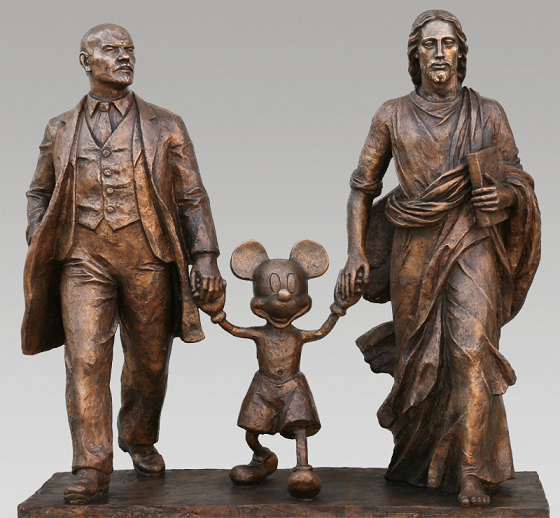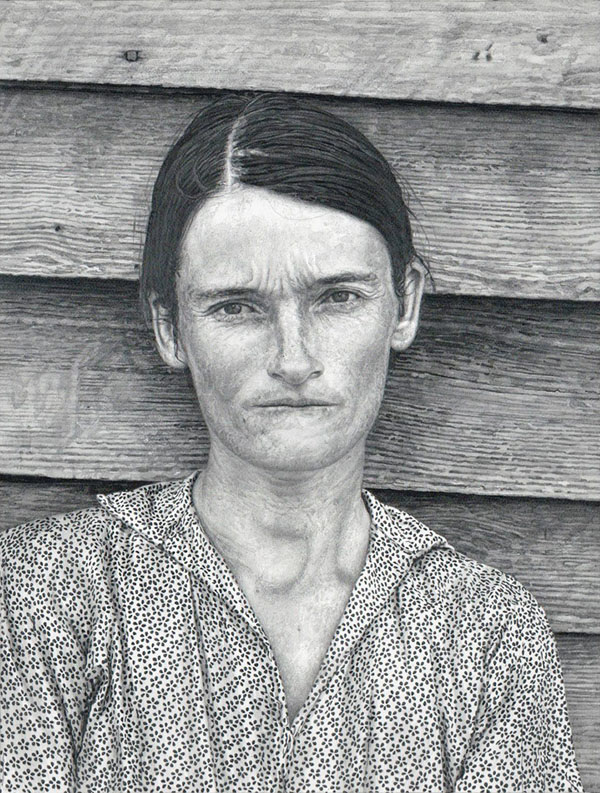Appropriation: Good Artists Borrow, Great Artists Steal
by Mary Fichter
Whether it’s called parody, pastiche, copy, imitation, plagiarism, or even forgery, appropriation has existed as long as humans have created art. Since the turn of the 20th century, however, artists have appropriated imagery from well-known works of art (or popular culture objects like Campbell’s Soup cans) to make a statement about art’s relationship to, and place within, our current world. A curious exhibition at The Nasher Museum of Art at Duke University, Another Look: Appropriation in Art, features works by some of the most famous of all appropriation artists, including Andy Warhol and Roy Lichtenstein.
The exhibit also proves that appropriation isn’t just an American obsession.The show features emerging artists like Peruvian Alice Wagner (she paints representations of vintage vinyl album covers), Brazilian Vik Muniz (iconic images enhanced with diamonds, sugar, chocolate and garbage), and Russian Alexander Kosolapov, who places corporate logos, sacred images, and famous figures in provocative juxtaposition. Another inspired choice for this rubric would have been the Catalan artist Marti Cormand, whose recent double take-inducing show in New York featured graphite renderings of famous works and photographs like Sherrie Levine’s 1981 “After Walker Evans:4.” (Levine herself, of course, appropriated the seminal Walker Evans photograph).




